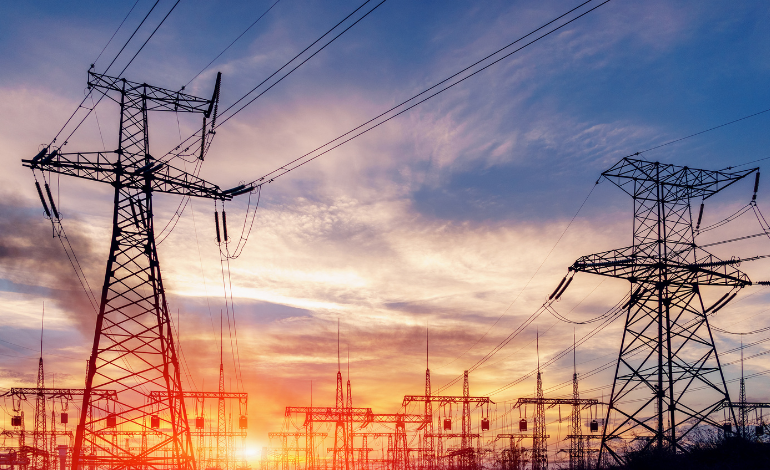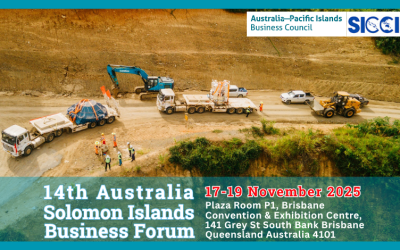In response to growing tensions between infrastructure investment and consumer costs, Fiji’s government has launched a review of its electricity tariff framework. The move reflects a recognition that the path to energy transition must be balanced and inclusive.
Deputy Prime Minister and Minister for Finance, Professor Biman Prasad, confirmed to Parliament that the exercise is a joint effort between the Ministry of Finance, the Ministry of Public Works, and the Fijian Competition and Consumer Commission (FCCC). It aims to moderate tariff adjustments while protecting investment signals to independent power producers (IPPs).
One area under scrutiny is the “feed-in tariff” paid by the national utility, Energy Fiji Limited (EFL), to IPPs supplying renewable energy. The challenge is to calibrate these rates such that projects are financially sustainable, yet not a burden on electricity consumers.
The government has flagged an ambitious energy agenda: a $2 billion green energy transition plan over four years, targeting 165 MW of solar capacity among other renewable technologies.
Projects under consideration also include a 21 MW solar facility in the Western Division, hydropower potential, geothermal, wind, and further grid modernisation efforts.
Professor Prasad emphasized the government is open to providing loan guarantees for well-structured projects that align with national fiscal and debt frameworks. Meanwhile, customer tariffs remain regulated by the FCCC, limiting the government’s direct flexibility.
The timing of the review is critical. While investment momentum is needed to decarbonize power systems and meet climate commitments, widespread tariff shocks risk public backlash. By initiating a structured review, the government is signalling willingness to engage stakeholders and soften impacts.
Fiji’s energy transition ambitions are laudable—but ultimately, success will depend on harmonizing investor returns, grid stability, and public buy-in. The coming months will reveal whether the policy adjustments can thread that needle without derailing either growth or equity.



